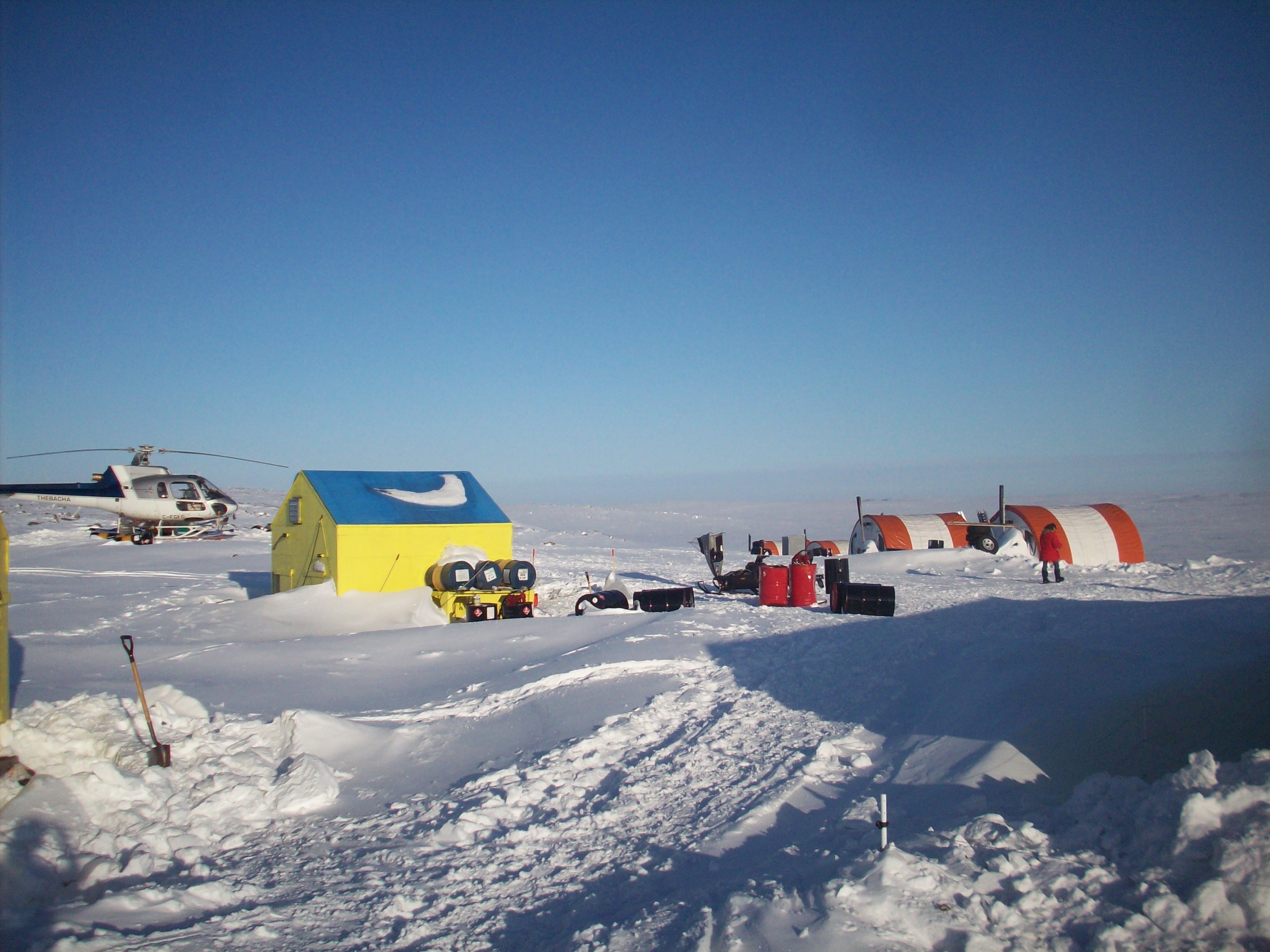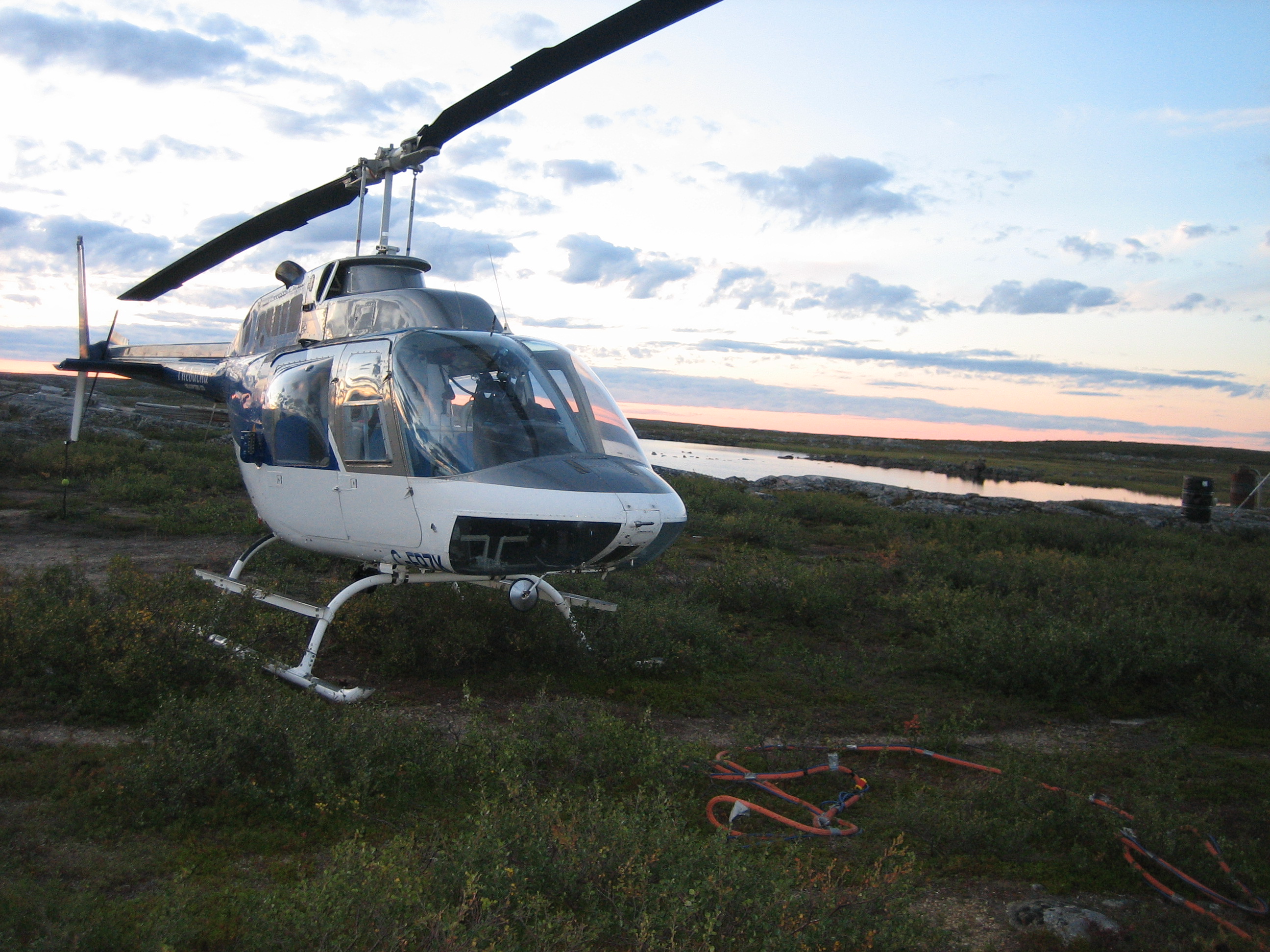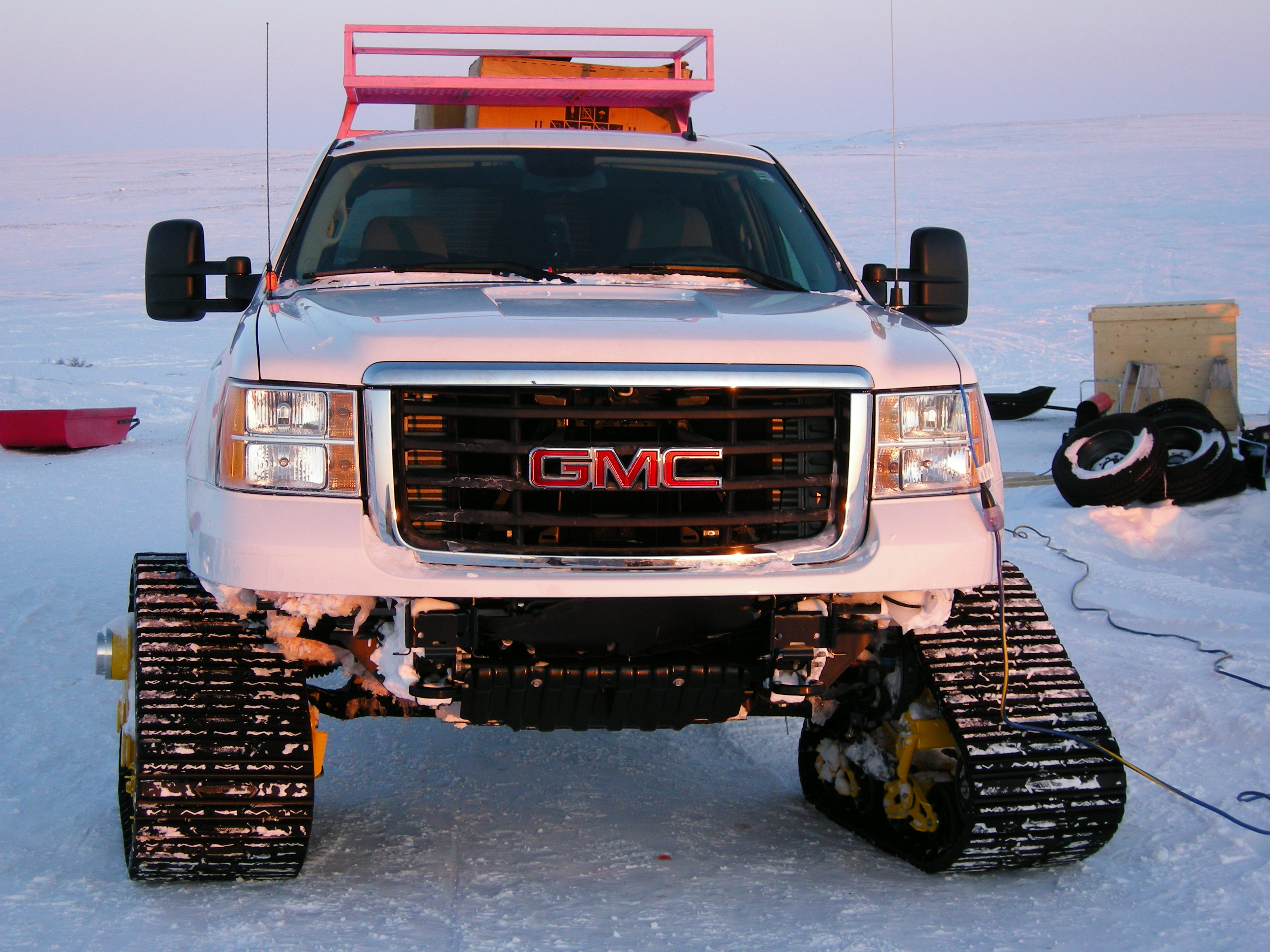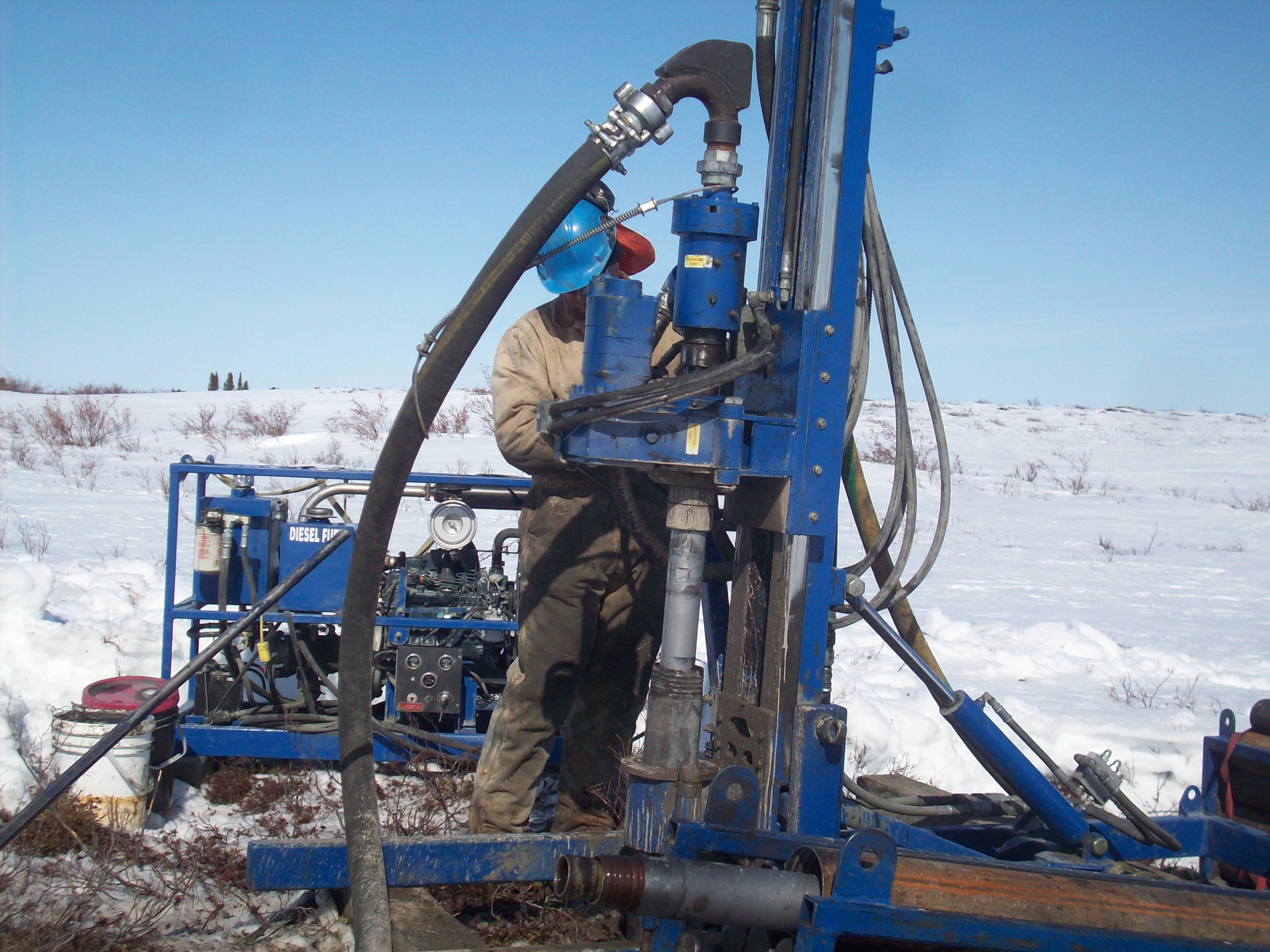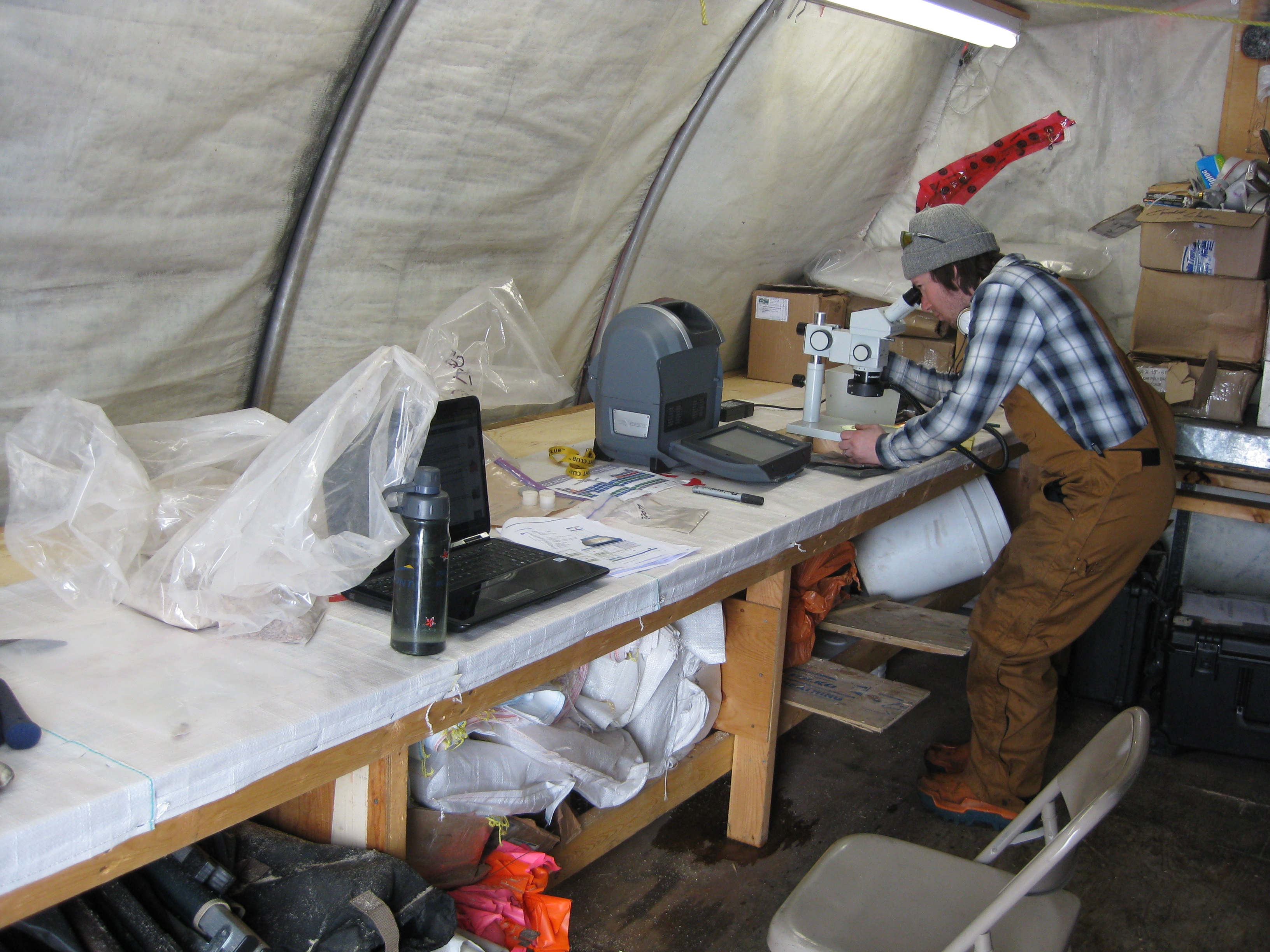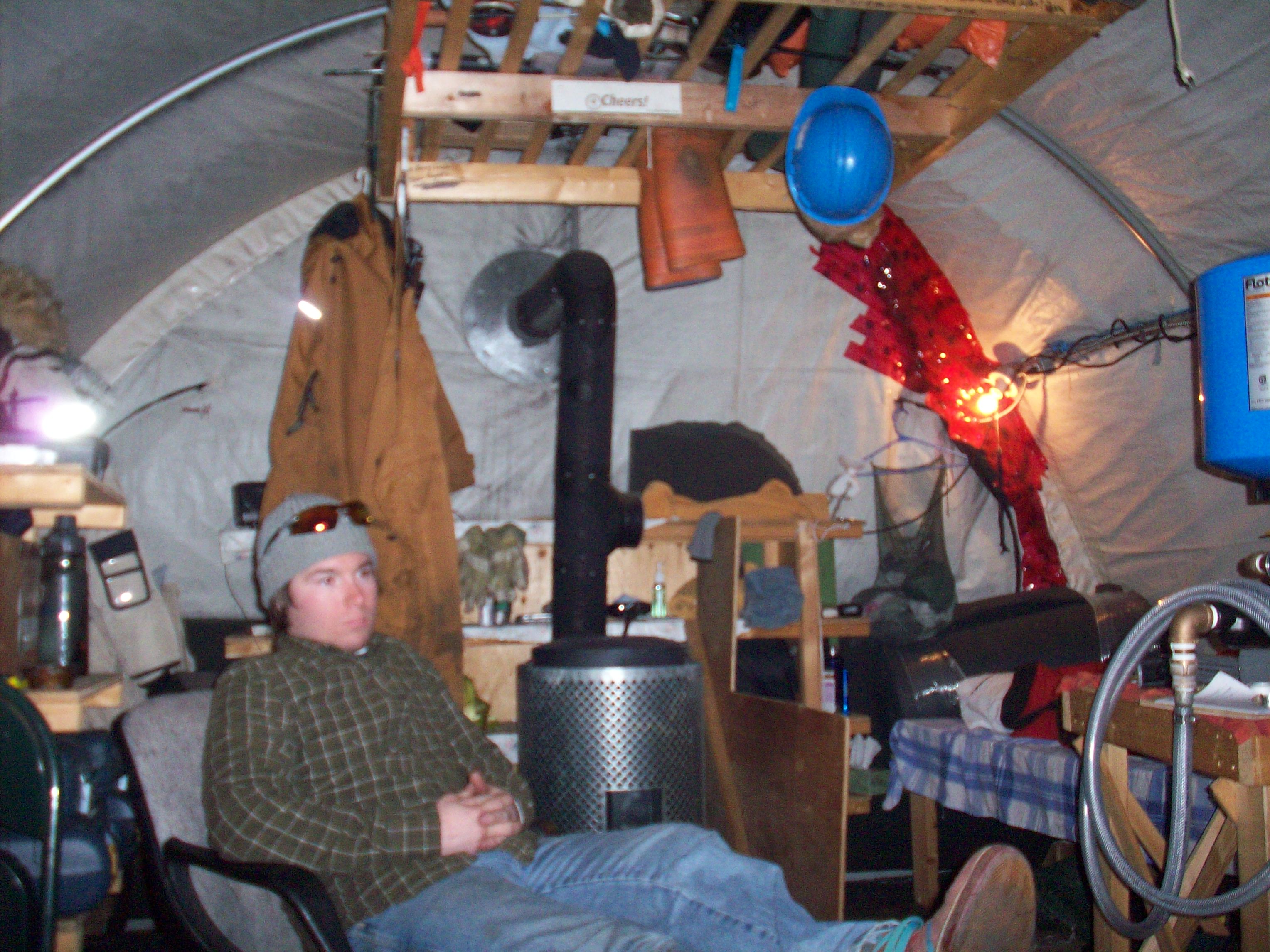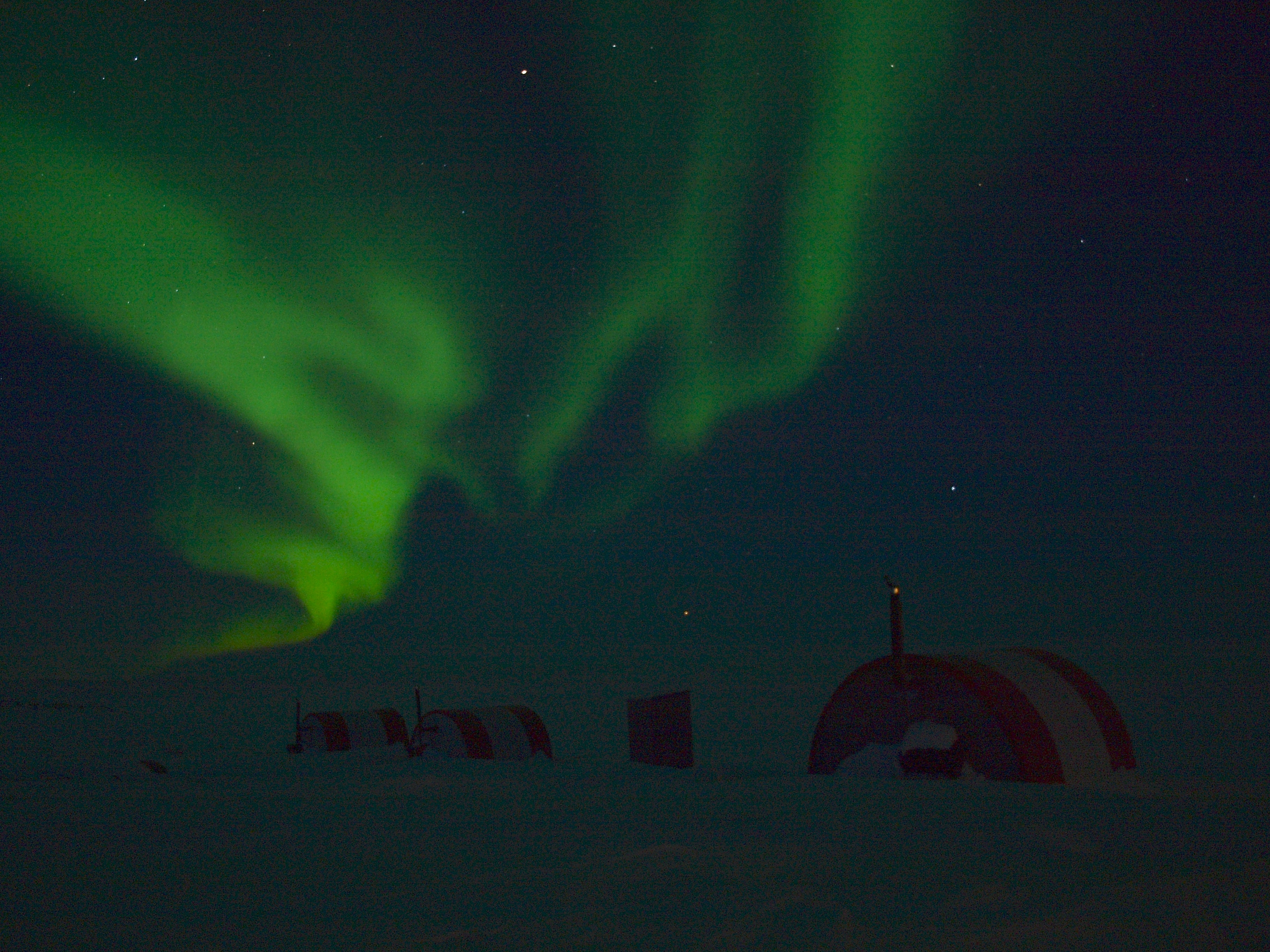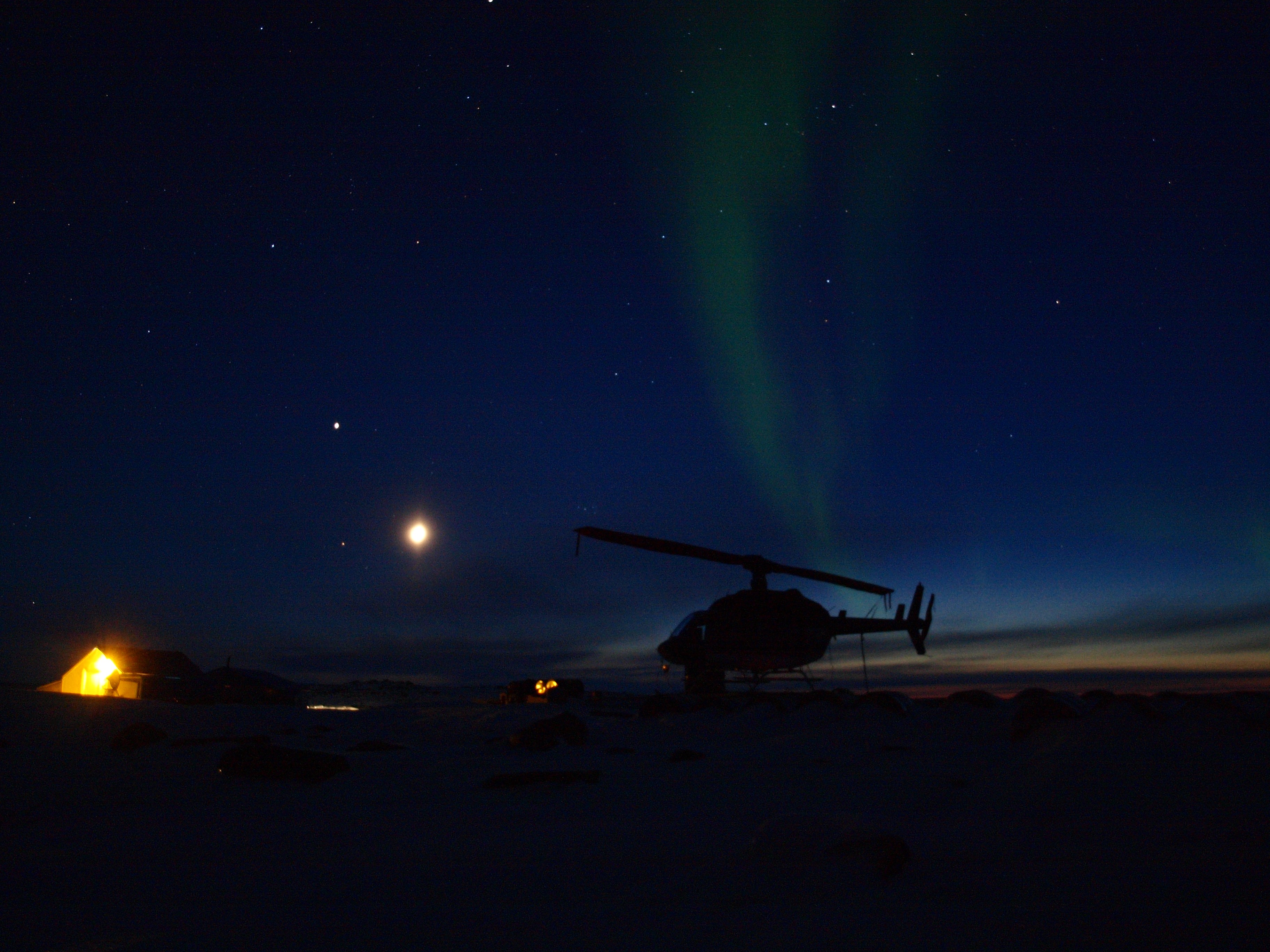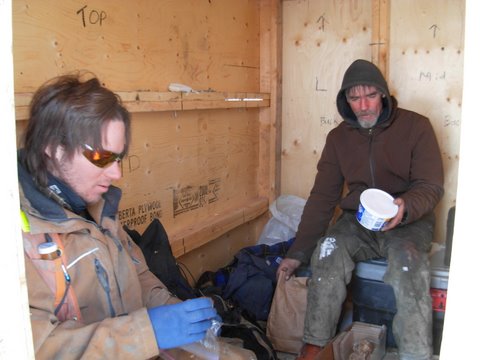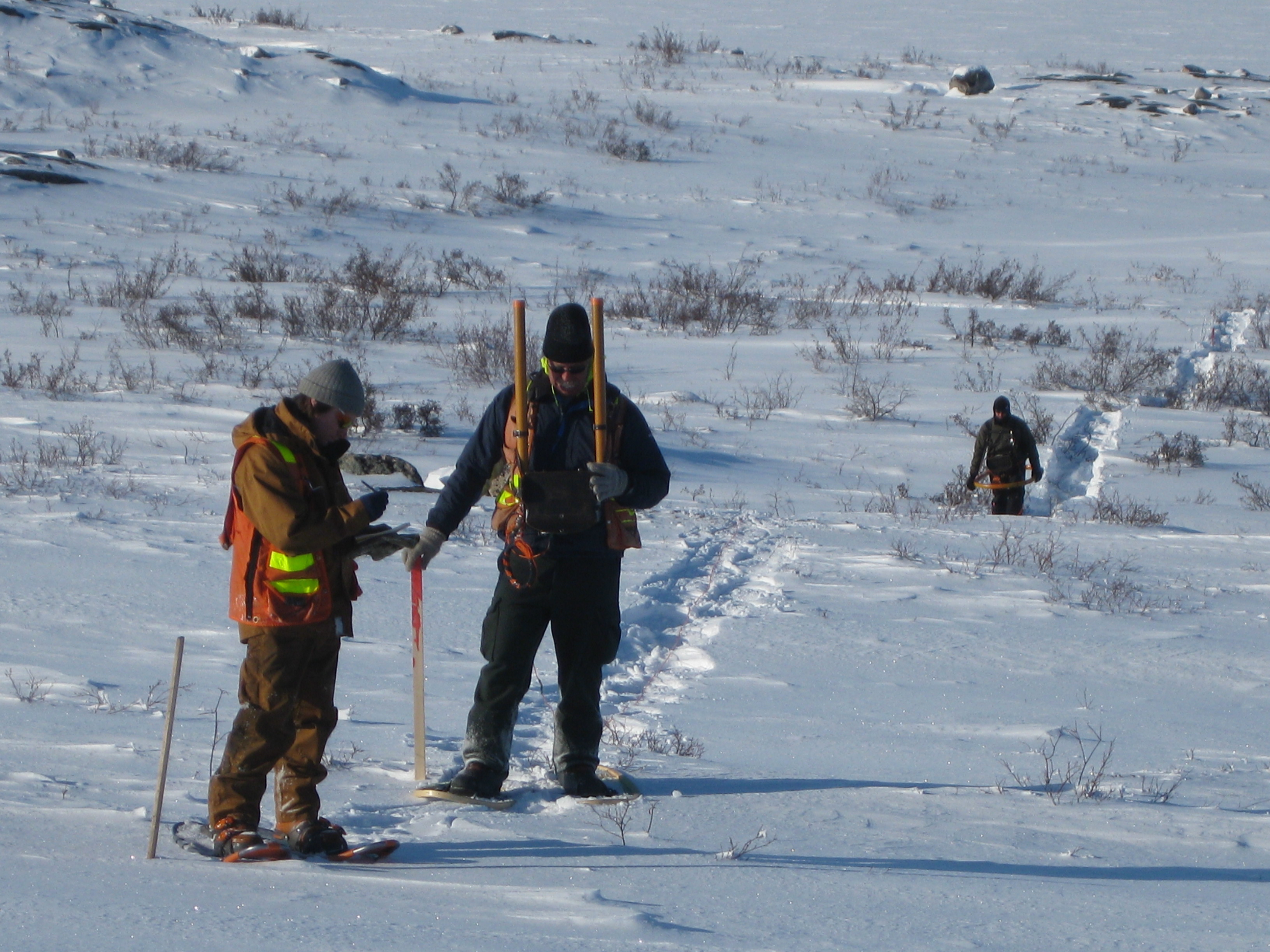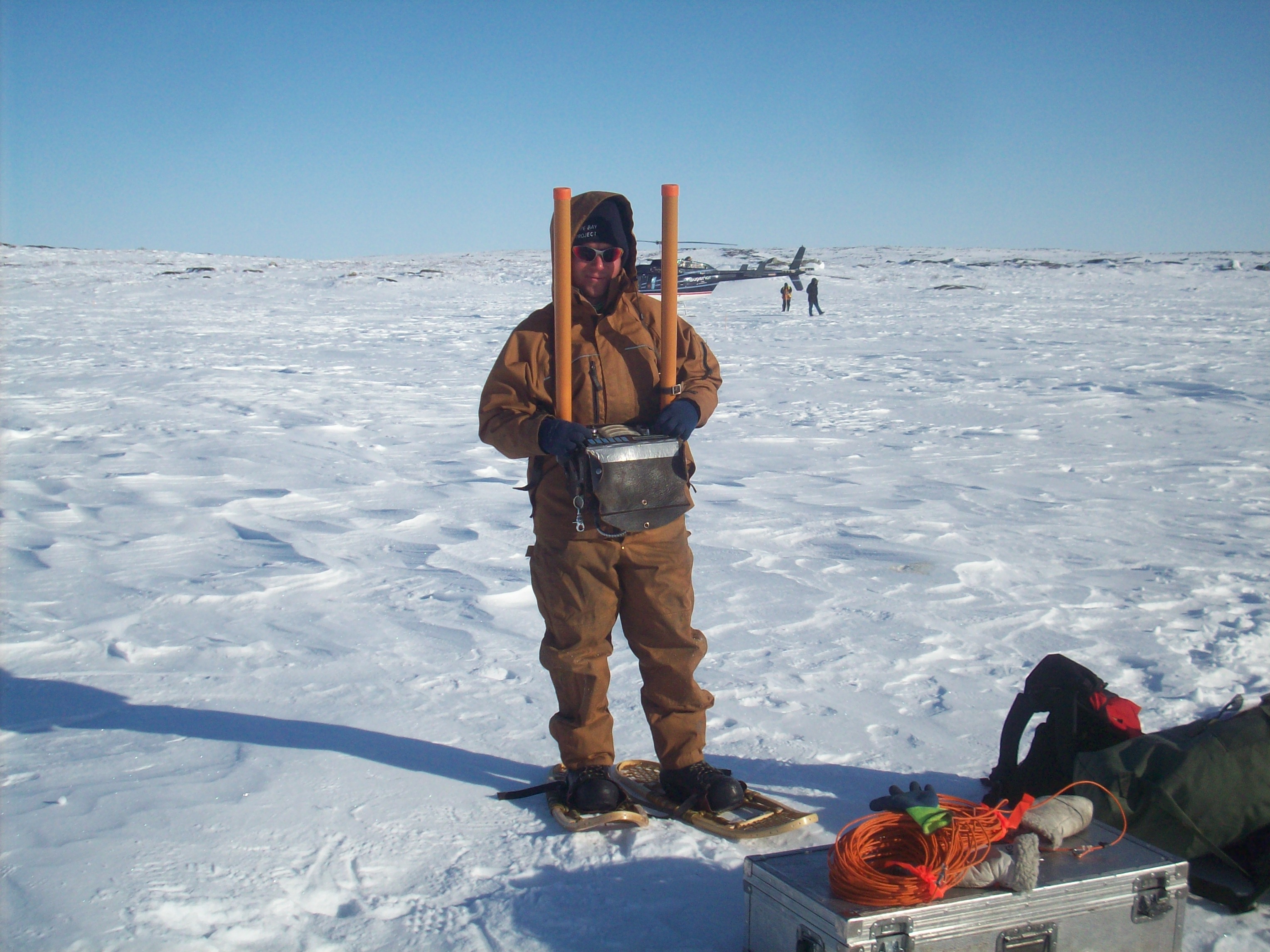Back in 2010 I had the opportunity to work on a diamond exportation program in the Canadian Arctic. The camp was called Credit Lake and was located near Lac de Gras in the North West Territories. The Lac de Gras region was the epicentre of the 1990s diamond rush after the discovery of the Point Lake kimberlite pipe by Chuck Fipke. Today there are three operating diamond mines in the region Diavik, Ekati, and Snap Lake.
Diamonds are found in volcanic structures that are called kimberlite pipes. These are volcanic events that take place very rapidly. Most volcanoes take thousands or millions of years to develop. A volcanic pipe can develop and explode in less than a day. These volcanic explosions are charged by high pressure carbon dioxide and water vapour. And travel from the below the crust melting through rock at over 100km/h.
It is important that volcanic pipe events happen quickly if you want to mine diamonds. The environment where diamonds form is under intense heat and pressure. Once the pressure is removed diamonds will melt into graphite which is much less desirable. In kimberlite pipes diamonds are carried to the surface as the superheated kimberlite melts its way through the layers of the crust. When the pipe reaches the surface it releases its energy in a huge explosion and then quickly cools. The diamond crystals do not have time to melt, they cool with the rest of the pipe and stay in place.
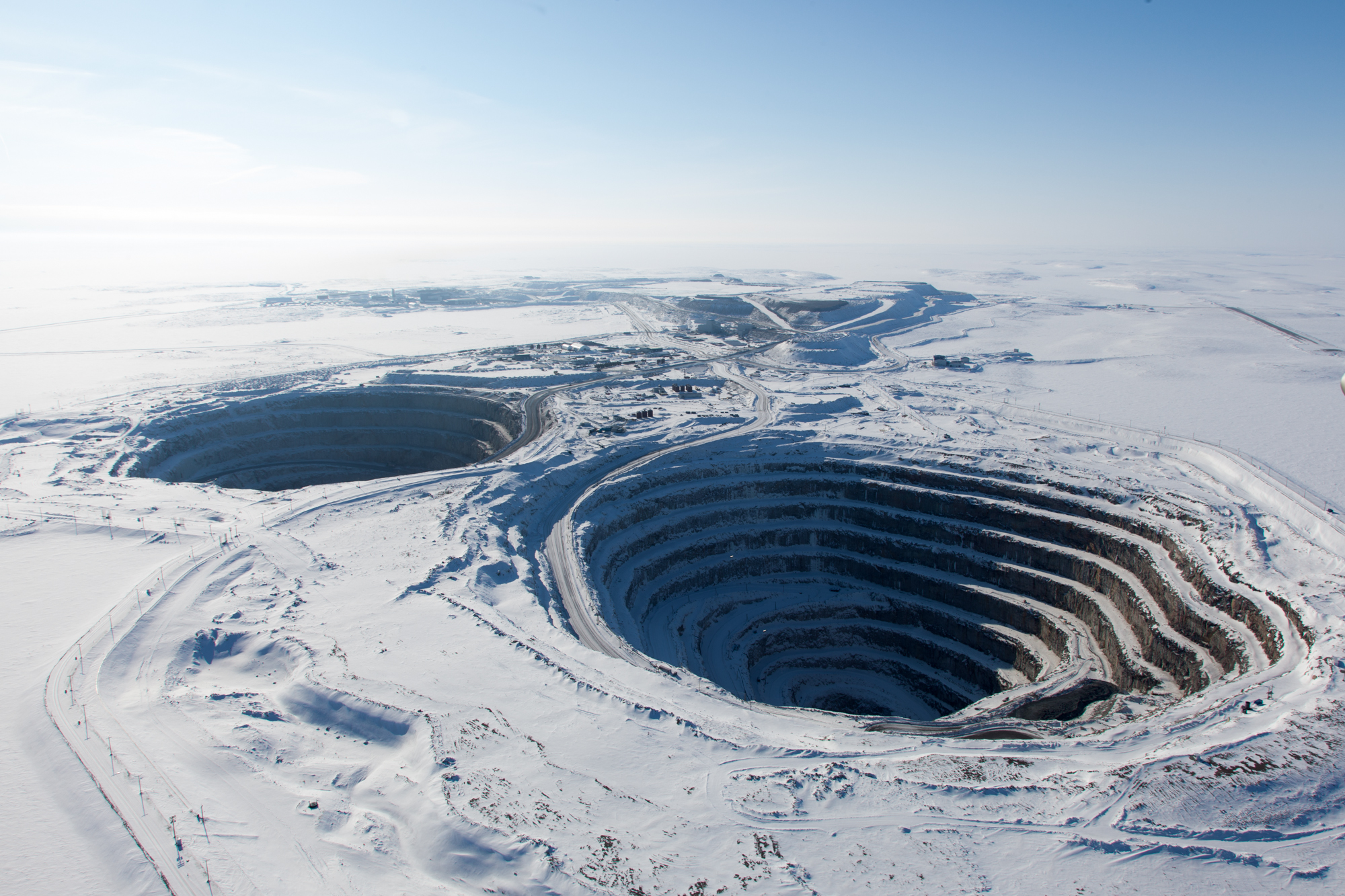
The volcanic events that created the North West Territory kimberlite pipes took place millions of years ago. The surface has been subjected to many ice ages over the years and different continental ice sheets have scoured the surface like a bulldozer. To find a pipe today you look for the debris field left behind as the top of the pipe was scraped by ice sheets. As the glacial ice sheets retreated they left behind a trail of ground up rock and indicators for diamonds if you’re lucky.
My first stint at the camp was for six weeks in 2010. We were searching for diamonds as well as nickel. My role was to analyze pulverized rock samples from an R/C drill as well as preparing samples for assay and general exploration work. I returned in 2013 to conduct geophysical surveys including ground (snowshoe) magnetometer and HLEM. Both trips were in early spring when the temperature in the Arctic ranges from -50°C to -10°C. Show storms were frequent and the ice on the lake was five feet thick.
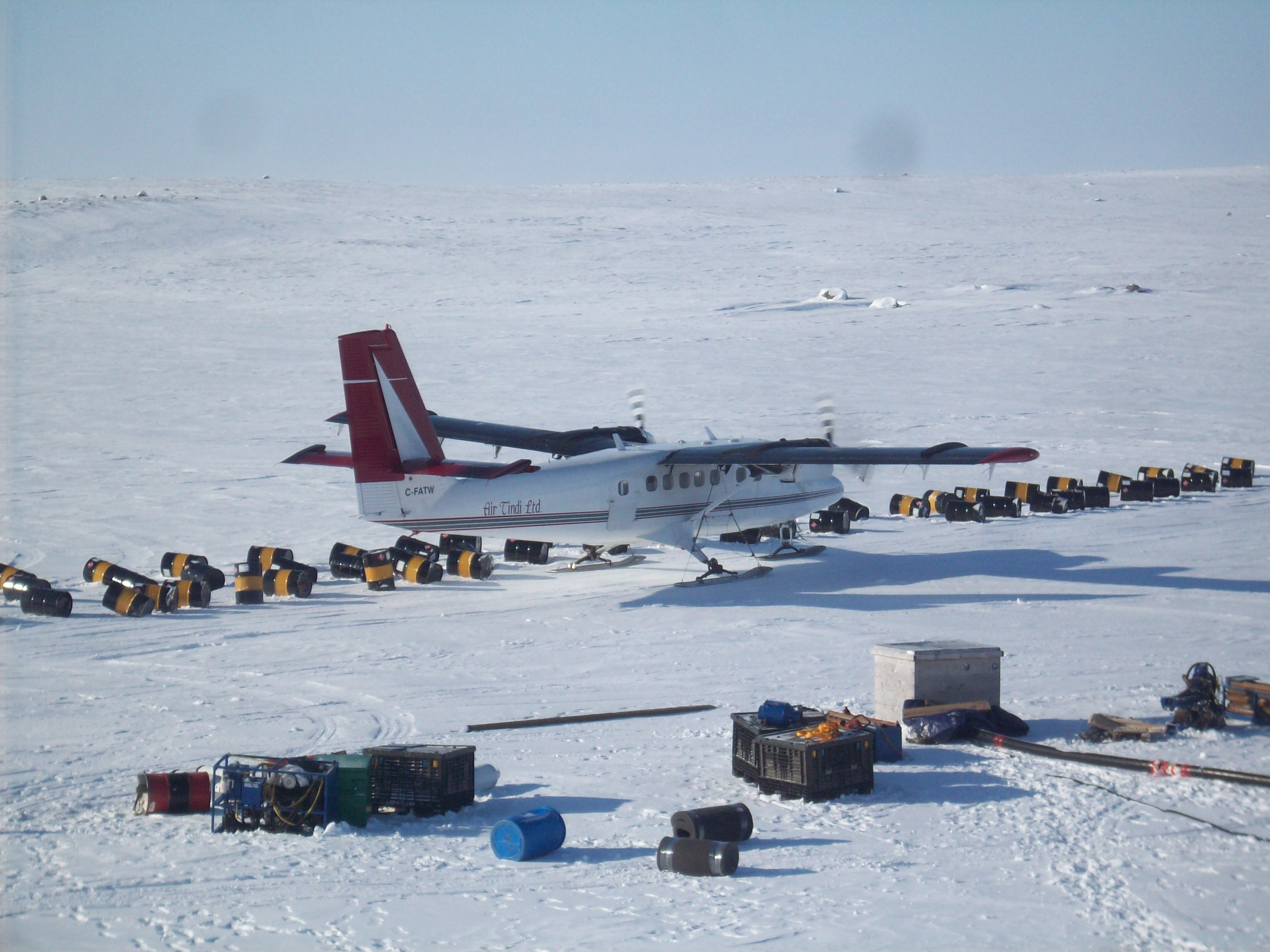
The camp is extremely remote, approximately 300km North of Yellowknife,NWT. Everything is brought in by ski plane or helicopter. In addition to exploration work we had to work together to keep the camp running. When a plane would arrive we would all pitch in to get the groceries, diesel drums, and any other supplies off the plane and into the camp. The same was true for getting water out of the frozen lake for showers, laundry and the kitchen. Water is always a challenge in remote areas when it is extremely cold.
While I was at the camp we experimented with several different water gathering techniques they all had their merits. What we ended up doing was using a chainsaw to cut out a section of the lake ice. Then used an ice auger to drill the final few feet (see video above). We used a snowmobile toboggan to transport pails up to the reservoir inside the kitchen.
To travel to and from the locations we were exploring we took a helicopter. We had a Eurocopter Astar B3 to shuttle people and move the heli-portable drill around. We also had a couple of snowmobiles and a GMC pickup truck that had tracks instead of wheels.
The RC drill is a super light weight drill that produces crushed rock instead of core. The RC stands for Reverse Circulation. The drill is air powered and behaves like a giant hammer drill, like the kind that you use for masonry work. The air returns from the bit carrying the rock chips to a hopper where samples can be collected. The advantage of an RC drill is that it doesn’t require water and breaks down for rapid transport. RC drilling is quicker and less expensive than diamond drilling.
After field samples were collected I conducted several tests on them inside our field lab. We had an X-ray fluorescence (XRF) analyzer which is a pretty cool instrument. It bombards the sample with high energy X-ray radiation and the atoms re-emit photons which gives information about their structure. XRF basically gives you a rapid geochemical assay. I also conducted magnetic susceptibility tests and identified the lithology of chip samples using a microscope.
The accommodations were first class. At least as far as small remote exploration camps go. We stayed in Weatherhaven dome tents which are heated by diesel stoves. As long as there is fuel in the stove you will be comfortable in any weather conditions. The stoves are prone to issues though and use half a drum of diesel per day when its super cold. Our beds are constructed out of 2×4 lumber that was flown in and everybody uses a sleeping bag for bedding. This camp was not a “dry camp” which means that alcohol was allowed. That is a huge plus when you’re stuck in the middle of nowhere for six weeks.
The high latitude makes for great northern lights viewing. That is actually my favourite thing about the Arctic. Interestingly the mechanism behind the glow of the Aurora Borealis is the same as the XRF machine. The molecules in the upper atmosphere are excited by a stream of radiation from the sun called the solar wind. When molecules are excited they reach an unstable electron configuration and rapidly release a photon as they return to a stable state. The different colours are due to different molecules being excited such as high altitude ozone, oxygen and nitrogen. The phenomenon is difficult to photograph but here are some of my best shots below. The best photo in the world doesn’t compare to seeing it in real life though.
The days out in the field can be pretty tough when the temperature drops. We built a survival shack that would travel with the drill. Other than that we were fully exposed until the helicopter arrived at the end of the day. The survival shack also made a great place to have lunch out of the wind.
In addition to drill sampling I conducted geophysical surveys to identify kimberlite pipes. We used two types of geophysical survey, magnetometer and HLEM. Magnetometer or “Walk Mag” is a sensor that measures changes in Earth’s magnetic field in very high precision. As you pass over different kinds of rock the sensor will record minute changes in the magnetic field. Once the survey is complete you can produce a map that looks like a topo map except that the you are showing magnetic field instead of elevation. Click here for a sample of a magnetometer map. Kimberlite pipes stick out as an anomaly because they have a different magnetic signature to the surrounding rock. You have to use the old school snow shoes because any metal will mess up the readings.

HLEM (Horizontal Loop Electomagnetic) works in a similar way except that there are two parts to the system. One provides a source field and charges up ore bodies. The receiver records the response signal from the rock. HLEM actually works the same way as a metal detector just on a larger scale and records actual data. The instrument is from the 1980s and is very uncomfortable, fortunately in the winter you are wearing lots of clothes.
I have always enjoyed working in the Arctic. Its not for everyone though. It is insanely cold in the winter and the summer has a lot of bugs. The wildlife is breathtaking I have seen Muskox, Wolverines, Caribou, different coloured bears, Narwhals, and other wildlife that you cannot see below the Arctic Circle. The Northern Lights shows are simply amazing. The people are different too. This kind of work attracts a different breed, those who are willing to travel to remote areas. Arctic explorers all share a strong sense of adventure.



